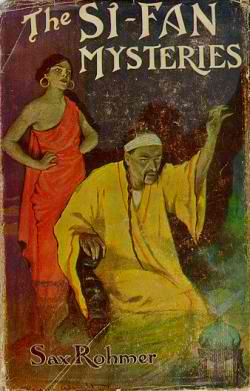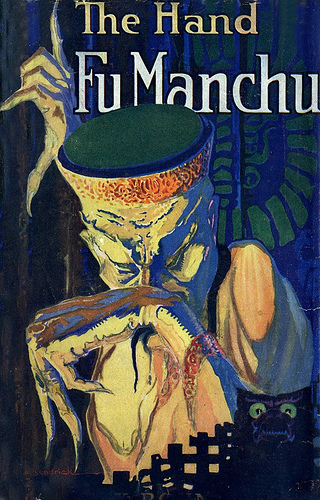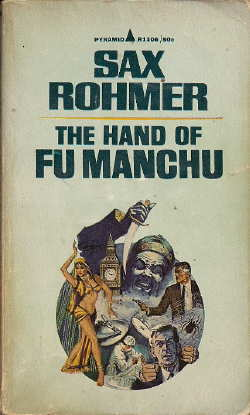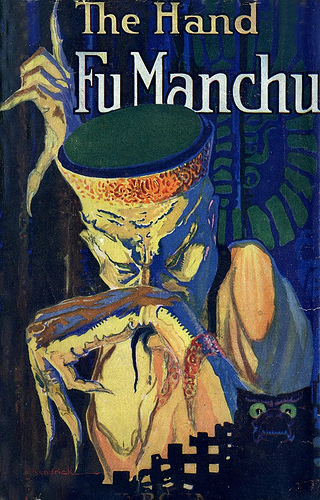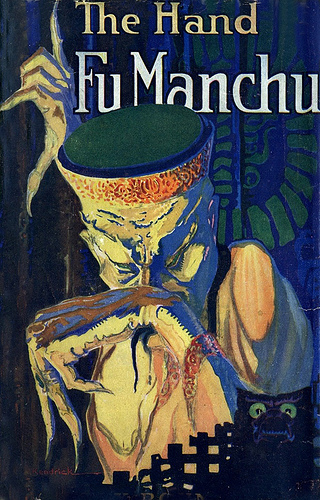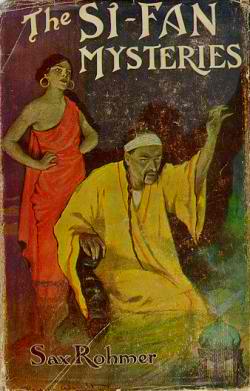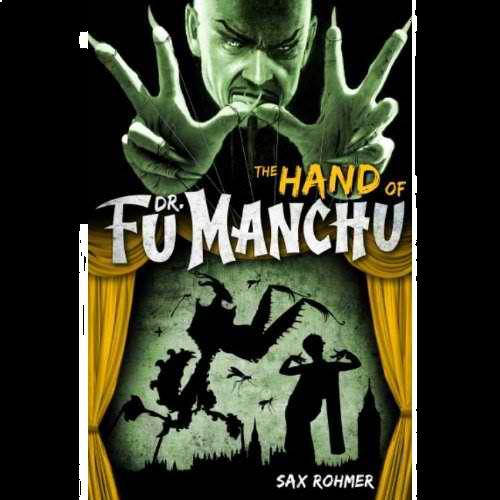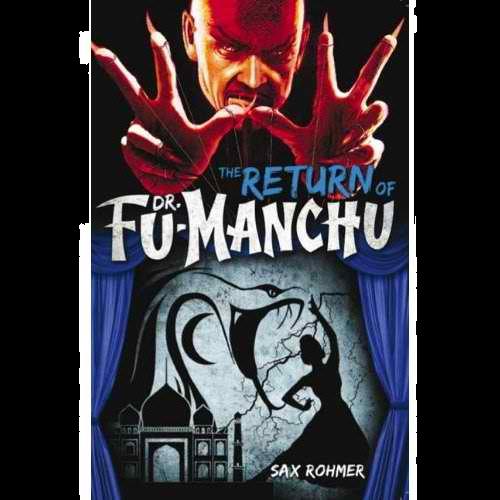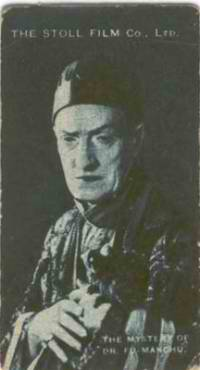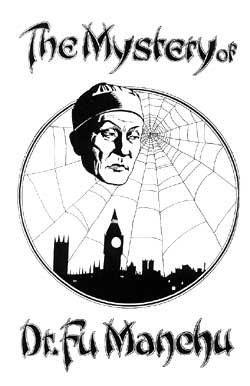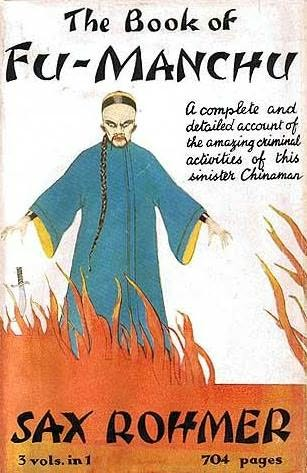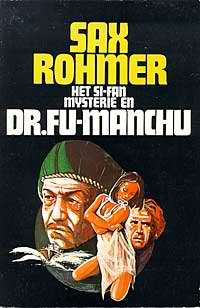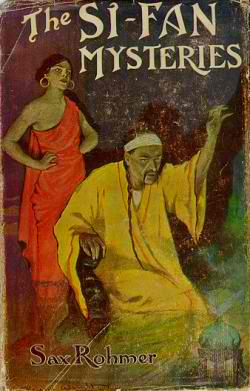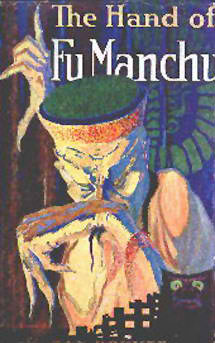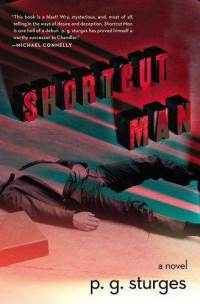Blogging Sax Rohmer’s The Hand of Fu Manchu, Part Nine – “The Black Chapel”
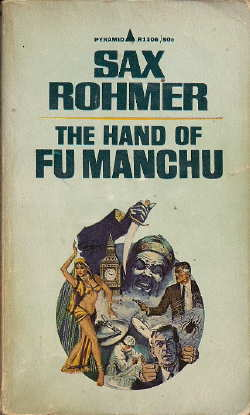
 “The Black Chapel” was the ninth and final installment of Sax Rohmer’s The Si-Fan Mysteries. The story was first published in Collier’s on June 2, 1917 and was later expanded to comprise Chapters 34 – 40 of the third Fu-Manchu novel, The Si-Fan Mysteries first published in 1917 by Cassell in the UK and by McBride & Nast in the US under the variant title, The Hand of Fu Manchu. The US book title marks the first time that the hyphen was dropped from the character’s name, although it was retained within the text.
“The Black Chapel” was the ninth and final installment of Sax Rohmer’s The Si-Fan Mysteries. The story was first published in Collier’s on June 2, 1917 and was later expanded to comprise Chapters 34 – 40 of the third Fu-Manchu novel, The Si-Fan Mysteries first published in 1917 by Cassell in the UK and by McBride & Nast in the US under the variant title, The Hand of Fu Manchu. The US book title marks the first time that the hyphen was dropped from the character’s name, although it was retained within the text.
“The Black Chapel” sees Nayland Smith, Dr. Petrie, and Petrie’s fiancée, Karamaneh (recently liberated from the Si-Fan’s slavery ring) paying a visit to Greywater Park, the ancestral estate that their old friend, Sir Lionel Barton has recently inherited. Rohmer seems determined to shape Greywater Park in the image of Redmoat, the medieval stronghold where Reverend J. D. Eltham (the veteran of the Boxer Uprising who figured in the first two books in the series) resided. As in his appearance in the first book, Sir Lionel is a brilliant, but eccentric Egyptologist based in part on both the real-life Sir Richard Burton and Sir Arthur Conan Doyle’s Professor Challenger. The character’s larger than life qualities are best exemplified by his menagerie of wild cats and other exotic animals that fill his home alongside his equally exotic foreign servants. Upon their arrival, it is learned that Sir Lionel has fallen ill and is unable to meet with them until the morning. The trio settle in for a strange night in Sir Lionel’s highly unorthodox home when they are disturbed by an inexplicable knocking and a ghostly wailing just as Smith has finished relating Greywater Park’s colorful past in housing a Spanish priest who fled the Inquisition centuries before.
